| ##### **Kristina Cergol, Valentina Gučec** *University of Zagreb, Faculty of Teacher Education* |
| **Foreign languages education and research** | Number of the paper: 74 | **Original scientific paper** |
| ##### **Abstract** |
| Augmented reality (AR) is a type of immersive technology by means of which digital items are added to a live view of the physical world to yield improved user experience. AR has found its place in education as various virtual elements can be generated by means of ready-made and custom-programmed applications for widely used devices (e.g. android mobile phones). Virtual elements are then integrated with the real-world environment creating a close-to-authentic learning situation that is in line with the situated learning framework. One precondition for this is access to visual images that encompass a number of attributes required for AR presentation. In this paper we focus on the five most prominent visual attributes: *richness in detail, good contrast, absence of repetitive patterns, inclusion of letters, no gloss paper*. Concentrating on these five attributes we use the content analysis methodology to investigate the possibility of using AR with the existing visual images in the English and Science textbooks in Croatian primary schools, grades 1-4 and find that the existing visuals already possess a high level of integration of the necessary attributes. Further, we propose a list of content and language integrated learning (CLIL) topics, integrating English and Science in the teaching and learning process in grades 1-4, and analyse the selected CLIL topics in terms of the presentability of the related existing textbook images by means of AR. Suggestions for the improvement of textbook images so that they may be presented using AR are given. Finally, some guidelines for the creation of the CLIL AR textbooks are provided as a suggestion for further endeavours in the field. |
| ***Key words*** |
| *AR attributes; CLIL topics; CLIL AR textbooks; primary school; situated learning framework* |
| Publisher 1 Nr. of images / Nr. of textbooks | Publisher 2 Nr. of images / Nr. of textbooks | Publisher 3 Nr. of images / Nr. of textbooks | Publisher 4 Nr. of images / Nr. of textbooks | Publisher 5 Nr. of images / Nr. of textbooks | Publisher 6 Nr. of images / Nr. of textbooks | |
| G1 | 257/2 | 492/4 | 124/1 | 169/1 | 208/3 | 121/1 |
| G2 | 302/2 | 532/4 | 120/1 | 147/1 | 272/3 | 116/1 |
| G3 | 188/2 | 461/4 | 111/1 | 163/1 | 248/3 | 95/1 |
| G4 | 159/2 | 527/5 | 85/1 | 294/3 | 209/3 | 73/1 |
| Total | 906/8 | 2012/17 | 440/4 | 773/7 | 937/12 | 405/4 |
| LOWEST SCORE EXAMPLE | HIGHEST SCORE EXAMPLE | |
| richness in detail | 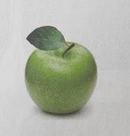 0% attribute provision | 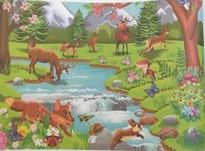 100% attribute provision |
| good contrast between the elements in the images | 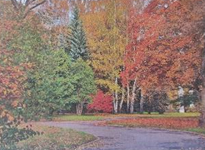 0% attribute provision | 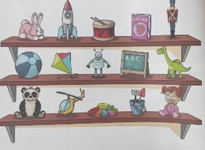 100% attribute provision |
| absence of repetitive patterns | 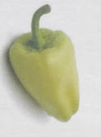 0% attribute provision | 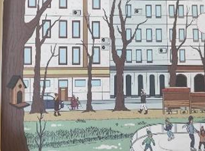 75% attribute provision |
| inclusion of letters | 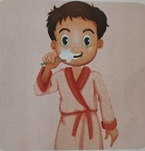 0% attribute provision | 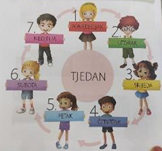 75% attribute provision |
| [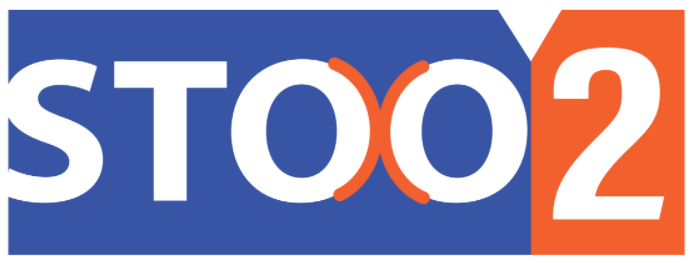](https://hub.ufzg.hr/uploads/images/gallery/2022-10/stoo2.png) | ***2. međunarodna znanstvena i umjetnička konferencija Učiteljskoga fakulteta Sveučilišta u Zagrebu** Suvremene teme u odgoju i obrazovanju – STOO2 - in memoriam prof. emer. dr. sc. Milanu Matijeviću, Zagreb, Hrvatska* |
| ##### **Pojačana i virtualna stvarnost u obrazovnom okruženju: integrirano sadržajno i jezično učenje i poučavanje engleskoga jezika i prirode i društva** |
| ##### **Sažetak** |
| Pojačana stvarnost (AR) vrsta je tehnologije uranjanja pomoću koje se digitalni predmeti dodaju prikazu stvarnog svijeta kako bi se postiglo poboljšano korisničko iskustvo. AR je pronašla svoje mjesto u obrazovanju jer se razni virtualni elementi mogu generirati pomoću gotovih i prilagođenih aplikacija za uređaje u masovnoj upotrebi (npr. Android mobilne telefone). Virtualni elementi se zatim integriraju u okruženje stvarnog svijeta stvarajući situaciju učenja koja je gotovo autentična stvarnoj, a što je u skladu s teorijom situacijskog učenja. Preduvjet za to pristup je vizualnim prikazima koji obuhvaćaju niz atributa potrebnih za prezentaciju AR-a. U ovom radu promatramo pet najistaknutijih AR vizualnih atributa: bogatstvo detalja, dobar kontrast, izostanak ponavljajućih uzoraka, ubrajanje slova, papir bez sjaja. Usredotočujući se na ovih pet atributa, metodologijom analize sadržaja istražujemo mogućnost korištenja AR-a s postojećim vizualnim prikazima u udžbenicima engleskog jezika i prirode i društva u hrvatskim osnovnim školama od 1. do 4. razreda i utvrđujemo da postojeći vizualni prikazi već posjeduju visoku razinu integracije potrebnih atributa. Nadalje, predlažemo popis sadržaja i tema integriranog učenja i poučavanja sadržaja i jezika (CLIL), integrirajući engleski jezik i prirodu i društvo u procesima učenja i poučavanja od 1. do 4 razreda, te analiziramo odabrane CLIL teme u smislu prezentabilnosti postojećih vizualnih prikaza u udžbenicima pomoću AR tehnologije. Daju se prijedlozi poboljšanja vizualnih prikaza kako bi se mogli prikazati pomoću AR tehnologije. Konačno, date su neke smjernice za izradu CLIL AR udžbenika kao prijedlog za daljnja zalaganja u području. |
| ***Ključne riječi*** |
| *AR atributi; CLIL teme; CLIL AR udžbenici; osnovna škola; teorija situacijskog učenja * |